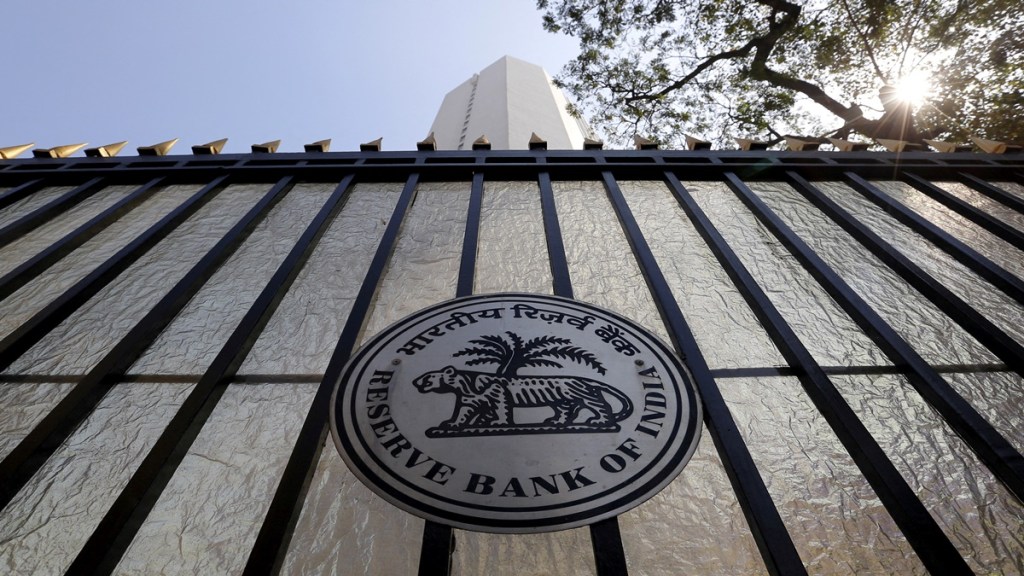The Reserve Bank of India(RBI)’s measures on bellwether IIFL Finance is likely to give banks an upper hand in the gold loan market, say experts. This is primarily because non-banking finance companies (NBFCs) may have to re-assess disbursement models. In addition, they may have to deploy stringent measures to meet compliance.
“In comparison to NBFCs, the gold loan portfolio of banks has grown at a much rapid pace. As the industry gets larger and more standardised, market share of banks will continue to increase. It will be like housing finance segment wherein, a large portion of market share has moved to banks,” said Sanjay Agarwal, Senior Director, CareEdge Ratings.
As of September, NBFCs hold a 61% share in gold loan segment, while banks hold the remaining 39%. Overall gold loan credit rose to Rs 2.5 trillion as on September 30 from Rs 1.9 trillion as on March 2021, a recent report from CRISIL Ratings showed.




Earlier in March, the RBI directed IIFL Finance to stop sanctioning, disbursing, assigning, securitising, selling any of its gold loans. However, the company can continue to service its existing gold loan portfolio through usual collection and recovery processes.
In its notification, the central bank observed certain material supervisory concerns in the gold loan portfolio of the company including breaches in loan-to-value ratio, and a significant disbursal and collection of loan amount in cash far in excess of the statutory limit.
Subsequently, IIFL Finance has filed a compliance report with the RBI, which will start its audit on the company from April 12, after making some key systematic changes in operating processes.
In the aftermath of RBI’s action on the third largest gold loan financier, other lenders are reportedly looking for an alternative for gold loan disbursements in cash. Further, the curbs over IIFL Finance has sparked concerns over the longevity of quick gold loan schemes, which are popular among NBFC customers.
“If NBFCs slow down their gold loan disbursements, banks are likely to see their share go up. However, not all of it will move to Banks as they will also pick and choose their customers,” says Karan Gupta, Director and Head – Financial Institutions, India Ratings and Research.
Gold loan-focussed NBFCs have created a niche by offering additional services like quick turn-around time of disbursement, as well as a wider network with availability of branches in deep rural geographies and door-step services, say experts. While NBFCs typically offer relatively small ticket sized loans, banks offer loans in excess of Rs 3 lakh. The maximum gold loan-to-value ratio is 75% of the gold’s market value.
However, the retail gold loan portfolio of banks has expanded at a much faster pace that NBFCs, albeit on a low base. A report from ICRA Ratings showed that the gold loan portfolio of banks has grown at compound annual growth rate of around 37% in the past five years. On the other hand, gold loan book of NBFCs have grown at a mere 17% in the past five years.
With enhanced regulatory scrutiny over the NBFC segment, experts feel banks are set to press home the advantage as far as gold loans are concerned.
“It is probable that banks will increase their share of the gold loan market vis-à-vis NBFCs for a few reasons,” says Fali Hodiwalla, Partner-Financial Services Consulting, EY India.
To begin with, Hodiwalla contends that the legacy branch network and liability franchise that banks enjoy, enables them to approve and disburse loans as quickly as NBFCs. Due to their access to lower cost of funds, banks can also provide loans at potentially lower interest rates than legacy NBFCs. Further, banks with large branch networks do not need to build the physical infrastructure necessary for evaluating and storing physical gold, from scratch. Finally, banks have an inherent positioning of trust among customers, which is critical in the gold business.
While some NBFCs have the upper hand on geographic penetration and access to the underbanked segment, experts acknowledge that banks are rapidly increasing their penetration into rural and semi urban areas. Entities like HDFC Bank, IndusInd Bank, and DCB Bank have partnered with NBFCs to provide gold loans. Under a co-lending arrangement, 80% of the loan is reflected in the bank’s balance-sheet. On the other hand, the partner NBFC will originate and process gold loans on the basis of mutually formulated credit parameters and eligibility criteria.
“Given that the size of the gold loan market has been growing and untapped opportunities continues to exist, we believe that there is enough space for growth for both banks and NBFCs over the long run,” Ajit Velonie, Senior Director, CRISIL Ratings said.





















